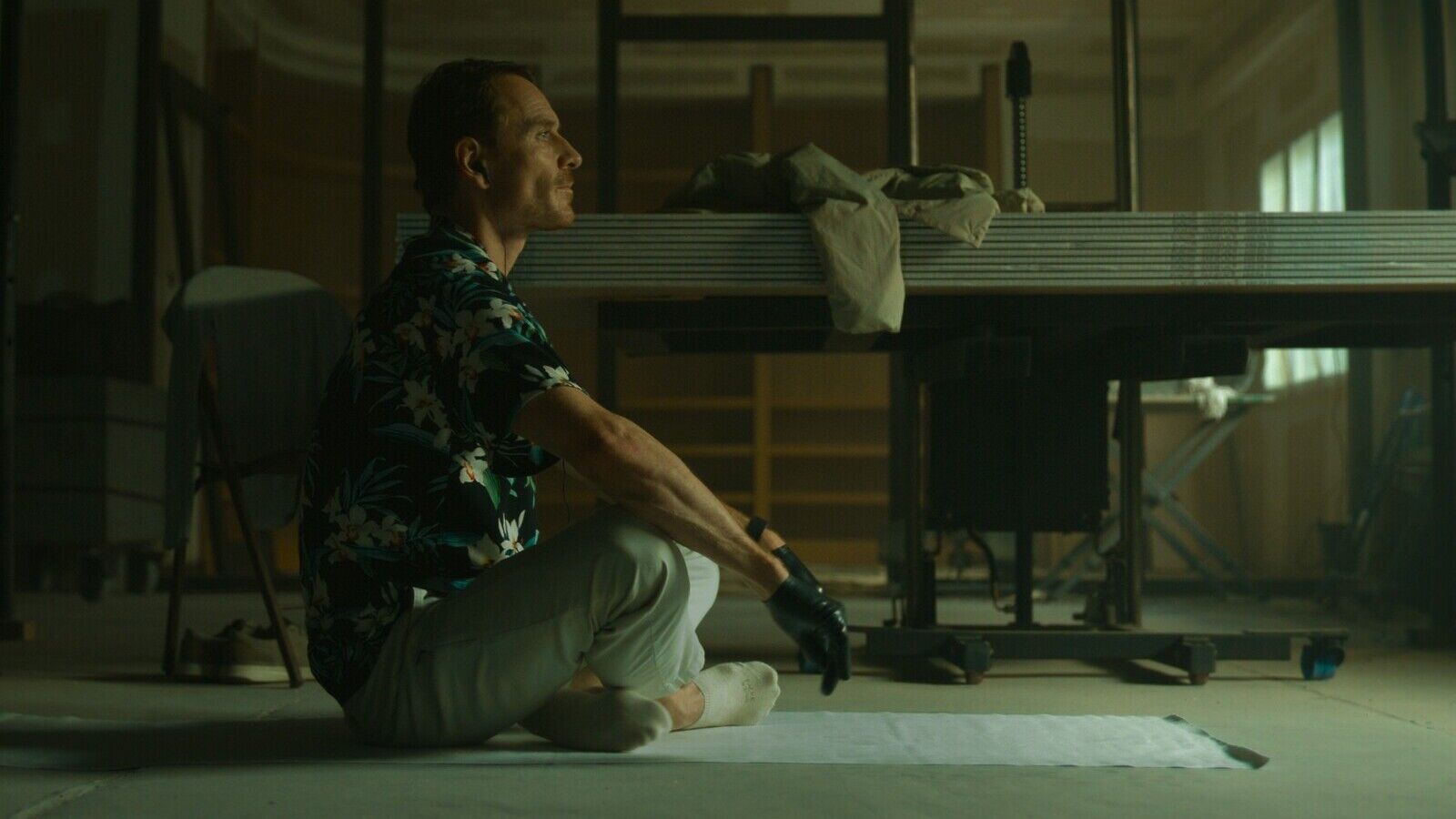The precision design of David Fincher’s hit-man feature mirrors its subject, writes Adrian Pennington
James Bond by way of B&Q is how director David Fincher conceived of The Killer, his feature adaptation of an acclaimed French graphic novel.
The character played by Michael Fassbender doesn’t have cars or gadgets provided by a state-of-the-art organisation. Instead, he shops on Amazon and in convenience stores, dresses like a tourist and creates his own low-fi means of trapping and eliminating people.
“The Killer is a spider sitting in a web,” said cinematographer Erik Messerschmidt ASC.
While the source material by Alexis Nolent and artist Luc Jacamon is quite expansive in terms of story and politics the screenplay by Fincher and long-standing collaborator Andrew Kevin Walker (Se7en) strips things back to become...
You are not signed in
Only registered users can read the rest of this article.

Behind the scenes: Hamnet
Look, lighting and camera movement were stripped back to basics by cinematographer Lukasz Żal to create the stage for Shakespeare’s personal tragedy.

Behind the scenes: The Running Man
Scenes structured like Russian nesting dolls present Editor Paul Machliss with a challenge in completing this deadly reality TV show.

TNT Sports and The Ashes: “We need to be at the heart of the story”
TNT Sports takes a hybrid approach as England’s cricket team heads down under with a sporting chance of returning with a little urn. Adrian Pennington reports.

Behind the scenes: Frankenstein
Cinematographer Dan Laustsen tells IBC365 why he and Guillermo del Toro turned the classic nightmare, Frankenstein, into a love story of ice and warmth between father and son.
Behind the scenes: Good Boy
From casting his own dog as the lead to shooting at a dog’s eye level, first-time Feature Director Ben Leonberg has perfected a filmmaking process built entirely around a pet. The result? Critical acclaim and a viral smash for horror season.




